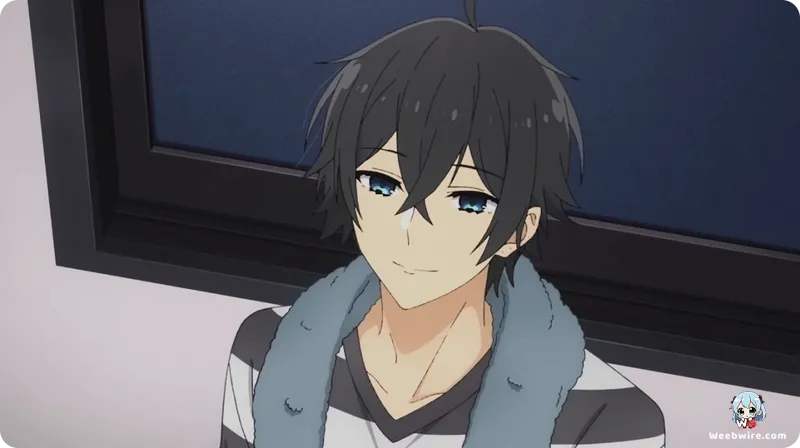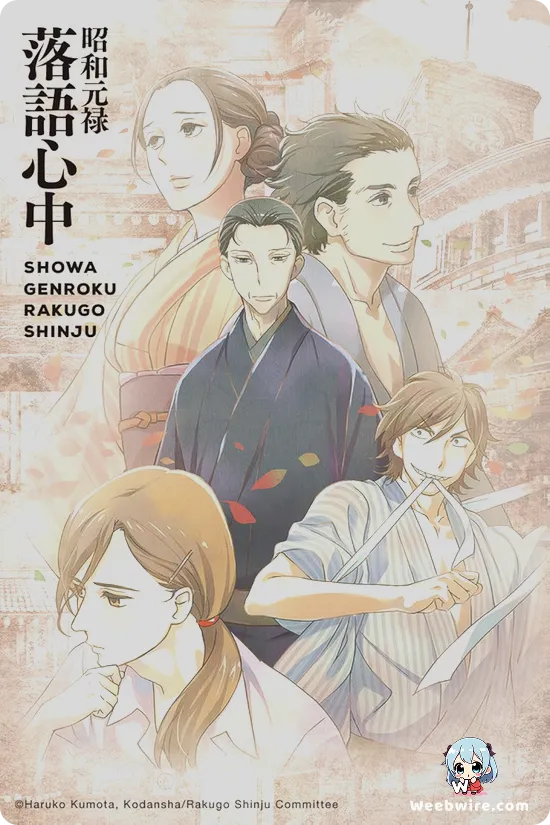From Webcomic to Global Sensation: Unveiling Horimiya's Production Secrets and Enduring Charm

The anime sensation 'Horimiya' captivated global audiences upon its January 2021 debut, heralded for its heartwarming romance and authentic portrayal of high school life. Animated by the renowned CloverWorks, the series quickly became a fan favorite, celebrated for its genuine characters and refreshing take on the slice-of-life genre. Beyond its delightful on-screen chemistry between Kyoko Hori and Izumi Miyamura, a wealth of intriguing facts and behind-the-scenes tidbits exist, promising to unveil the unique evolution and depth of this beloved story, even for ardent fans.
Unveiling Dual Identities and Striking Transformations
At its core, 'Horimiya' masterfully explores the compelling concept of dual identities. Kyoko Hori, the popular and academically brilliant student, secretly manages her household and cares for her younger brother. Conversely, Izumi Miyamura, the quiet, glasses-wearing boy in class, transforms into a punk-rock enthusiast outside school, sporting numerous piercings and intricate tattoos. This stark contrast sparks their connection as they discover each other's hidden selves. Miyamura's visual transformation is particularly striking; his private persona includes nine piercings on each ear, four on his lip, and a large tattoo covering his left shoulder, arm, and back. This elaborate body art is a crucial visual element, underscoring his journey from an ostracized middle schooler to a more confident individual, reflecting his past struggles with loneliness and his desire to stand out.
From Webcomic to Global Phenomenon: The Evolution of 'Horimiya'
The origin of 'Horimiya' itself reveals a fascinating evolution. The anime and popular manga it adapts are not the story's original iteration. The narrative began as a web manga, 'Hori-san to Miyamura-kun' (堀さんと宮村くん), created by HERO in February 2007. Published on HERO's personal website, this original webcomic featured a simpler, sketch-like art style, focusing primarily on comedic, episodic gags. Its significant online following led to its adaptation into a more polished manga.
The 'Horimiya' manga, illustrated by Daisuke Hagiwara, began serialization in Square Enix's Monthly GFantasy magazine in October 2011. Hagiwara's adaptation beautifully reinterpreted HERO's story with refined, shojo-style art, capturing emotional nuances and romantic development. While maintaining the core premise, Hagiwara expanded the narrative, adding depth to the supporting cast and exploring Hori and Miyamura's romantic progression with greater detail. This transition from a minimalist webcomic to a visually rich manga highlights the enduring appeal of HERO's concept and Hagiwara's artistic prowess.
Before the acclaimed 2021 TV anime, the 'Hori-san to Miyamura-kun' web manga also received several OVA (Original Video Animation) adaptations between 2012 and 2021. These OVAs were more direct adaptations of HERO's original webcomic, retaining its distinct art style and comedic focus. They offer a unique glimpse into the story's roots, showcasing the raw charm that first attracted fans and serving as a fascinating precursor to the widely known TV anime. Fans familiar only with the CloverWorks series might be surprised by the different visual and narrative approach of these earlier OVAs.

CloverWorks' Adaptation: Pacing and Impact
CloverWorks' TV adaptation of 'Horimiya' was lauded for its vibrant animation and faithful portrayal of character emotions. However, its pacing was notably brisk. The anime famously covered a significant portion of the manga's story in just 13 episodes, often skipping entire chapters or condensing multiple plot points. While this accelerated the central romance, it meant some beloved side character arcs and comedic moments from the manga were truncated or omitted. Though praised for focusing on Hori and Miyamura's relationship, this approach also sparked discussions among manga readers about the narrative trajectory.
A Refreshing Take on Romance
The series' success is also attributed to its refreshing approach to high school romance. Unlike many shojo anime relying on prolonged misunderstandings, 'Horimiya' quickly establishes Hori and Miyamura's relationship, focusing on their bond's development and challenges. It delves into themes of self-acceptance, communication, and evolving friendships, making it highly relatable. The anime beautifully illustrates that true connection comes from embracing one's authentic self and finding someone who accepts every facet of your personality. This mature handling of relationships, coupled with endearing humor and a stellar voice cast, cemented 'Horimiya' as a landmark in modern romance anime, proving that profound stories can be found in simple, realistic connections.
Credits
Horimiya
Author
HERO (original creator), Daisuke Hagiwara (manga artist)
Cover Art
Daisuke Hagiwara
Studio
CloverWorks
Publisher
Square Enix
Producers





